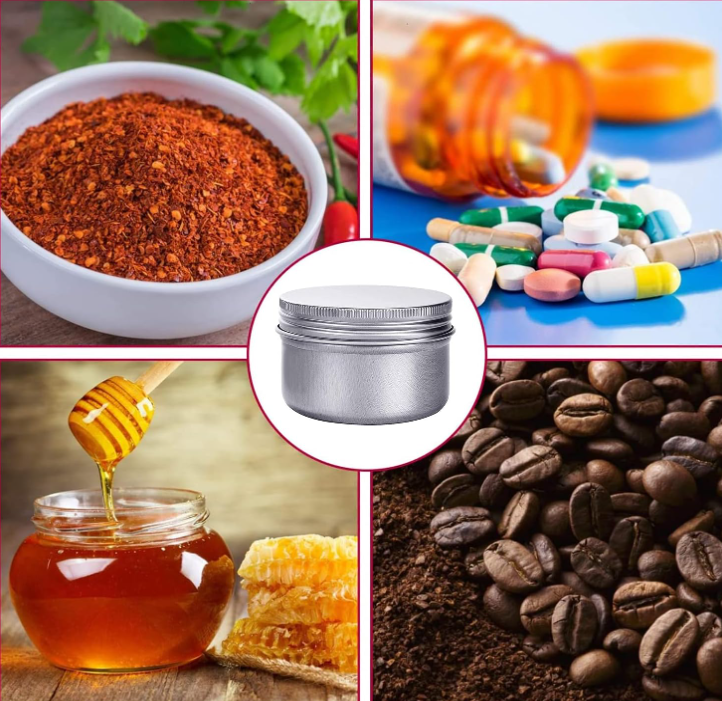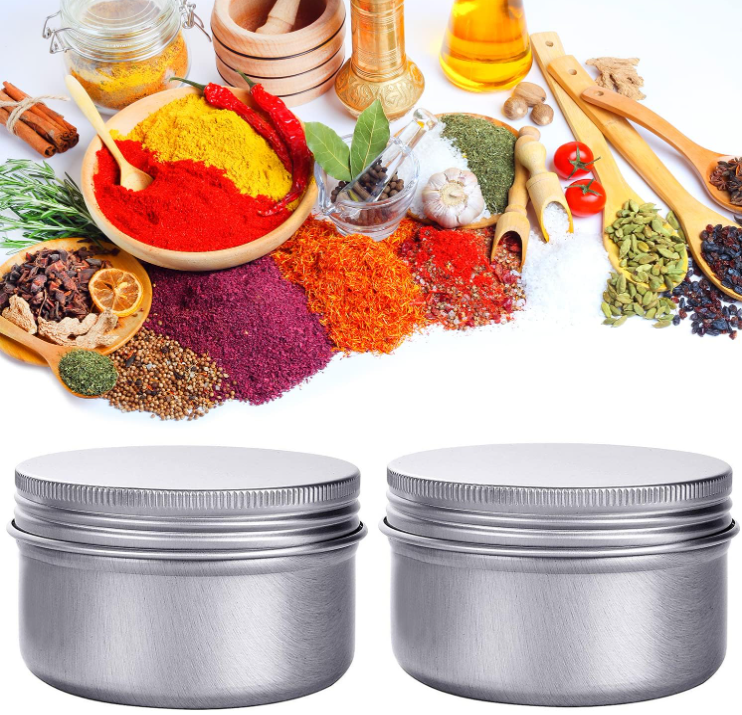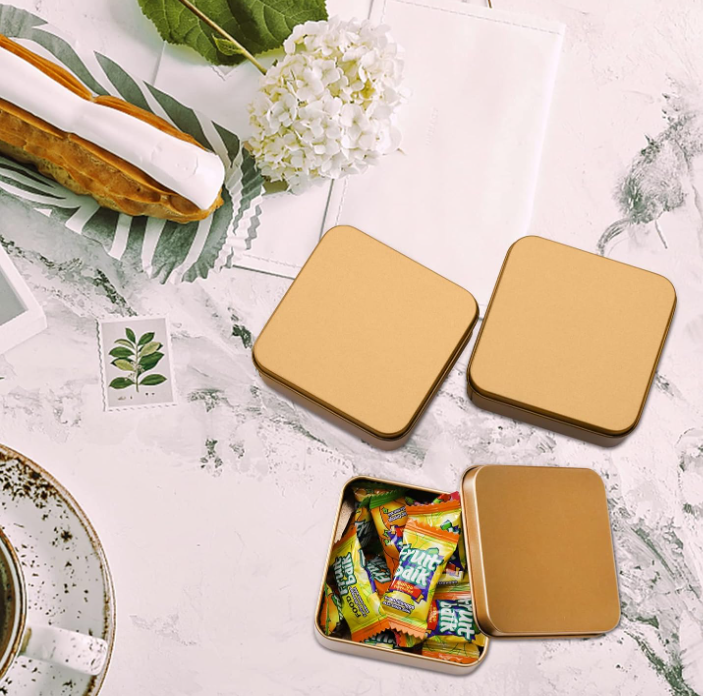How Tinnies (Metal Can Packaging) Are Redefining Modern Branding?
Amidst the fierce competition among paper, plastic, and composite materials for market dominance, an age-old packaging form is quietly staging a comeback: Tinnies. While "tinny" serves as Australian slang for canned beer and represents a local craft brewery brand, its packaging significance runs much deeper. In the early days of the food industry, metal cans became synonymous with sealing and preservation. Today, this classic material is regaining brand preference through its renewed design language and enhanced environmental credentials.
As consumer aesthetics evolve and awareness of sustainable packaging grows, brands are re-evaluating their choices. In a landscape where paper and plastic bags are becoming increasingly homogenized, how can packaging regain its presence and distinctiveness?
MTPAK, a long-term provider of innovative packaging solutions for food, beverage, and retail brands, has keenly observed this trend. Tinnies are no longer just industrial containers of the past; they have evolved into high-value mediums connecting brand image, product safety, and consumer experience.
How do tinnies differ from traditional metal packaging?
The term "Tinnies," originating from the colloquial form of "tin can," no longer refers solely to food cans in the modern packaging context. It now broadly encompasses various metal packaging based on tinplate or aluminum, processed with coatings, printing, and forming. Unlike traditional metal cans, today's Tinnies place greater emphasis on aesthetics and brand communication.
They can be round storage cans for coffee beans, square gift boxes for tea, slip-lid cans for candles, or limited-edition commemorative tins for snacks and candies. Their exterior design has transcended the mere function of a "container," becoming an extension of the brand's visual system.
Technologically, modern metal cans are typically made from food-grade tinplate or aluminum alloy. Internal coatings prevent oxidation and corrosion, ensuring content safety. Some premium brands even adopt BPA-free inner coatings or lightweight recyclable aluminum, achieving a balance between environmental responsibility and functionality.
Why are tinnies gaining market favor again?
Consumers are no longer satisfied with packaging that merely "holds" a product; they seek designs with substance and texture. The inherent gloss, weightiness, and tactile feedback of metal packaging make it instantly recognizable on shelves.
More importantly, it aligns with three key trends in the current packaging market:
Premium Appeal and Collectibility: Metal cans offer long-term preservation and reusability, becoming "keepsake vessels" that extend the product's life. For high-end consumables like coffee, chocolate, and tea, Tinnies provide a "preservable" brand experience.
Environmental Recyclability: The recycling rates for tinplate and aluminum are significantly higher than those for plastics, enabling an almost "infinite loop" of material use. This makes Tinnies an ideal choice balancing sustainability and design value.
High Degree of Printing and Forming Freedom: Metal surfaces can undergo four-color printing, embossing, hot stamping, or matte coating, allowing for more layered and tactile brand visual presentations.
In an era emphasizing differentiation and environmental consciousness, these three aspects represent the most valued competitive elements for brands.
What are the main types of tinnies?
The allure of metal packaging lies in its ability to fulfill almost any brand's vision for "form and substance." With advances in manufacturing and printing technologies, Tinnies are no longer limited to monotonous round or square boxes but have become carriers of structural creativity and brand expression.
Classic Round Tins: The most iconic form of metal packaging, symbolizing tradition and reliability. Their smooth lines and easy stackability make them common for tea, coffee beans, biscuits, chocolates, and pet food. On retail shelves, round tins offer strong visual consistency, facilitating unified brand recognition.
Square & Rectangular Tins: Square designs offer greater structural strength, making them an advantage in gift sets and portfolios. Brands can create a sense of sophistication or simplicity through varying thicknesses and edge profiles. Many high-end chocolate, biscuit, and cultural and creative brands favor this shape because it creates a sophisticated, layered aesthetic within a limited space.
Slip Lid & Screw Lid Tins: Products focusing on the opening experience, such as candles, spices, balms, tea, or seasoning salts, often opt for slip-lid or screw-lid structures. These provide smoother operation and enhanced sealing, improving the user's "tactile memory."
Custom-Shaped Tins: With the rise of "storytelling packaging," more companies are customizing unique shapes—from hearts and rounded-square cans to architectural model tins. These Tinnies are typically used for holiday limited editions, co-branded collaborations, or commemorative series, serving as both packaging and collectibles.
Stackable & Nested Tins: Some brands adopt multi-layer or nested tins for "combinatorial" packaging, like tiered tea caddies or gift box sets. This design not only enhances usability but also extends the packaging's "second life," encouraging consumers to keep the tins after product use, leading to potential ongoing brand exposure.
Today, Tinnies are not just packaging containers; they are a "visual medium." Through structure, touch, and color, they communicate a brand's style and aesthetics, becoming an integral part of the brand experience.
In which industries do tinnies perform best?
The cross-over capability of Tinnies makes them one of the few packaging forms that can serve both "traditional industries" and "new consumer brands." They offer excellent physical protection and high visual impact, performing superbly across multiple sectors.
Food & Beverage Industry: Classic Return & Functional Innovation: In the food sector, metal cans have surpassed their basic functions of moisture and oxygen barrier. Brands now value their display aesthetics and reuse potential. Whether for coffee beans, cookies, candies, tea, nuts, or protein powder, Tinnies can convey a "premium feel" through metallic luster and high-quality printing. Some beverage brands also choose lightweight aluminum cans or miniature tin cans as gift box packaging, combining light-oxygen barrier properties with a substantial feel to enhance product quality perception.
Cosmetics & Personal Care: Balancing texture and Eco-Consciousness: Metal tin packaging is increasingly popular in skincare and fragrance products. It provides excellent sealing and tactile experience for creams, solid perfumes, candles, etc., while avoiding plastic pollution, making it a medium for brands to showcase their eco-friendly ethos. Consumers appreciate their reusability, while brands leverage surface treatments like matte finishes, hot stamping, and embossing to turn the packaging itself into "displayable art."
Cultural/Creative & Gift Industry: From Container to Keepsake: The design extensibility of Tinnies makes them ideal for gift boxes and commemorative packaging. Bookstores, cafes, and artisan brands often use them to hold commemorative badges, candles, tea bags, or stationery sets. Exquisite metal tins are often retained by consumers after product use, repurposed as storage boxes or decorations, extending the emotional lifecycle of the brand.
Coffee & Baking Brands: Experience Upgrade in New Retail: For the coffee industry, which emphasizes "brand ritual," Tinnies represent a more collectible packaging method. They effectively block oxygen and light, delaying coffee bean oxidation, and can be reused as refillable containers. Many specialty coffee brands achieve "premium gifting" through custom metal tins, creating visual focal points during holiday marketing.
High-End Retail & Fashion Accessories: Extension of metal language: Some luxury fashion perfume brands regard metal boxes as a tool to "extend brand tone." Through minimalist shapes, dark metal or mirror coatings, they give them a cool industrial aesthetic, integrating "packaging" and "product" into a cohesive texture experience.
From food to fragrance, coffee to cultural creations, Tinnies break industry boundaries with their strength, beauty, and sustainability. They are not just protective materials but a brand language—a visual experience that can be perceived, collected, and shared.
What role do tinnies play in sustainable packaging?
As plastic reduction becomes an industry consensus, the high recyclability of metal cans makes them a prime candidate for the circular economy.
Tinplate and aluminum cans can be melted down and reused multiple times without degrading their properties. Furthermore, their reusability encourages consumers to give packaging a second life—think storage jars, pen holders, or aromatherapy jars—extending a brand's exposure.
Additionally, with advancements in lightweighting technology, the wall thickness and weight of modern Tinnies have significantly decreased, balancing transport efficiency and energy savings.
Many brands also opt for water-based inks, low-VOC coatings, and recycled metal materials in package printing, imbuing each can with sustainable significance.
Conclusion
In a fast-paced and homogenized packaging era, the return of Tinnies is not merely nostalgic; it's an evolution. With recyclable eco-attributes, high-quality design language, and outstanding protective performance, they are redefining the lasting value of brand packaging. For brands, choosing metal packaging means conveying a brand philosophy that coexists with sustainability and aesthetics, going beyond the product itself.
MTPAK is committed to providing global brands with customized packaging solutions that combine functionality and visual impact. Whether metal tins, paper gift boxes, or eco-friendly flexible packaging, we can help you craft a unique "packaging story" for your brand. Contact MTPAK today and let tinnies become a symbol of your brand's texture and responsibility.
Email:account@mtpak.com
Contact us:https://mtpak.com/contact-mtpak






